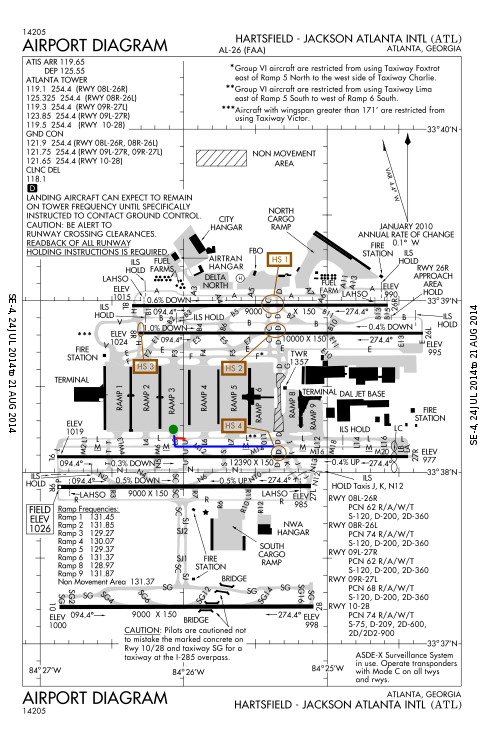Behind Use of this word means that you are waiting for an aircraft to pass. You are giving right of way or yielding to the traffic in question. This clearance is often given when holding short of an intersection and waiting for perpendicular traffic to cross the intersection before you continue through it. Much like waiting at a stop sign in a car. You are not expected to follow the airplane in question and even if you are assigned a turn to taxi along the same route as the airplane, you have your own clearance and are not following that aircraft.
Examples:
- "Continental 1234 taxi to runway 22R at W via K hold short of S", followed by "Continental 1234 you'll see a B767 passing right to left on S, behind him continue to runway 22R at W via K R hold short of W"
In this case it is quite explicit that an airplane will be passing across your route of taxi and after it passes you are to continue taxiing straight ahead -- not to follow that airplane. Consider an alternate setup:
- "Continental 1234 taxi to runway 22R at W via K hold short of S", followed by "Continental 1234 you'll see a Citation from the right at S, behind him taxi via S W hold short of R.
In this case, you are waiting for traffic from the right again, but this time you are turning left after it passes. You will be taxiing behind it, but you are not following it. The Citation has a clearance to taxi S, cross runway 29, to parking. Your clearance is S turn leftright on W -- to follow the Citation would be wrong.
Follow Use of this word means you are going to fall in behind this airplane and follow it wherever it goes. You clearance is no longer a specific taxi route, but simply to follow the airplane.
Examples:
- "Jetlink 1234, your sequence is the third airbus to your right, the one painted purple. Follow that airplane to runway 22R at W. Once behind him, monitor tower, you are number 28 for departure.", which will be followed by
- "United 3412, hold short of J, let the EMB-145 get in line then follow him to runway 22R at W. Monitor tower passing L, you are number 29 for departure"
These clearances are used to get airplanes in line in a specific sequence and simplify giving repeated complex taxi instructions when you can just follow to conga line to the runway.

